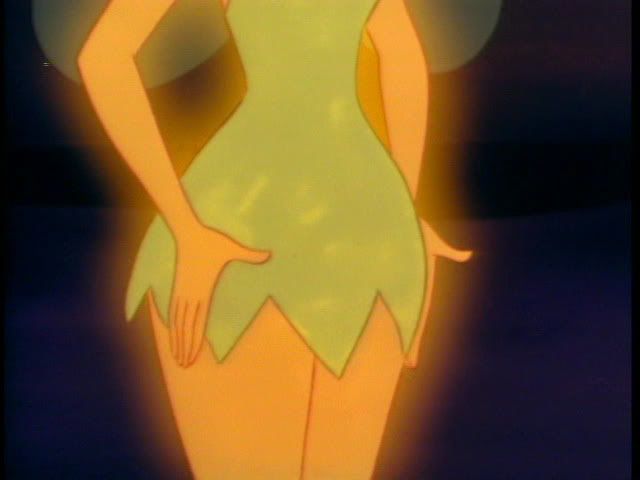This is largely in the first post, but:
franko said:
Hello,
does anyone know are DVD editions of these Disney’s classics have new transfer/restoration:
*Pocahontas 2012 DVD
Sames as the 2012 BD transfer. If you’re going to go with DVD, I’d take the 2005 version. Both versions are direct copies off Disney’s digital CAPS system, but the 2005 has an extended song that was cut late in production AFTER test audience saw it.
It’s not a newly animated scene like some of the other added songs Disney has put in to their features.
I feel it’s an improvement over the theatrical version.
So 2005 DVD or 2012 BD depending on which cut you want.
*Mulan 2013 DVD
Again, a digital transfer from their computers. Just avoid the early Gold Edition DVD which was non-animorphic 1.85:1.
Otherwise 2004 DVD or 2013 BD/DVD are about the same. The BD would be best because it’s HD, but if you go DVD you’ll likely get better extras from the 2004 DVD without sacrificing any quality from the movie.
*Peter Pan 2013 DVD
Read the first post on this one. Peter Pan is complicated. I feel the 2013 transfer is poor like most of the scrubbed and ‘restored’ discs from Disney. It’s not as poor as the Platinum Edition though.
I favor the 2002 Special Edition myself, but that’s me and it may be overly cold hued and edge enhance-y for other people.
*The Jungle Book 2014 DVD
I just noticed that the Recommended and Acceptable Alternatives should probably be reversed… I can’t recall why I made the decision I did there since the intended aspect ratio was 1.75:1.
My first post hasn’t updated in awhile. That’s mostly because new films are direct digital transfers and therefore perfect, and older films are just getting treated worse and worse, so there is little point mentioning them as useful releases.
The Jungle Book is another example of this. From Blu-ray.com:
“…a bit too polished and glossy for its own good. It’s by no means a failure, and nowhere near the disaster that is the Blu-ray release of The Sword in the Stone. The telltale signs of noise reduction are present, they’re just far less glaring and debilitating; almost, almost to the point of being somewhat easy to overlook. Grain has been scrubbed away in its entirety…”
Assuming the DVD is the same master as the BD (which isn’t always true), I wouldn’t recommend it.
And on another note, I wanted to post a couple pics of Mickey’s Christmas Carol. This has been on DVD many times, but only ONCE in its original intended aspect ratio of 1.66:1 on Mickey Mouse in Living Color Vol. 2. The BD is cropped to 1.77:1. The BD was also scrubbed within an inch of its life. I’ve upscaled the DVD to the exact dimensions of the BD so you can see what Disney has done to it.
BD
http://i.imgbox.com/acsSoUSC.png
DVD (upscaled):
http://i.imgbox.com/m62cFvrs.jpg
DVD (original frame):
http://i.imgbox.com/RN5tjSwK.jpg
(Sorry, I can’t remember how to post pictures here anymore.)
Sure the DVD is blocky from being upscaled, but how is it that the DVD STILL seems to have more detail?

